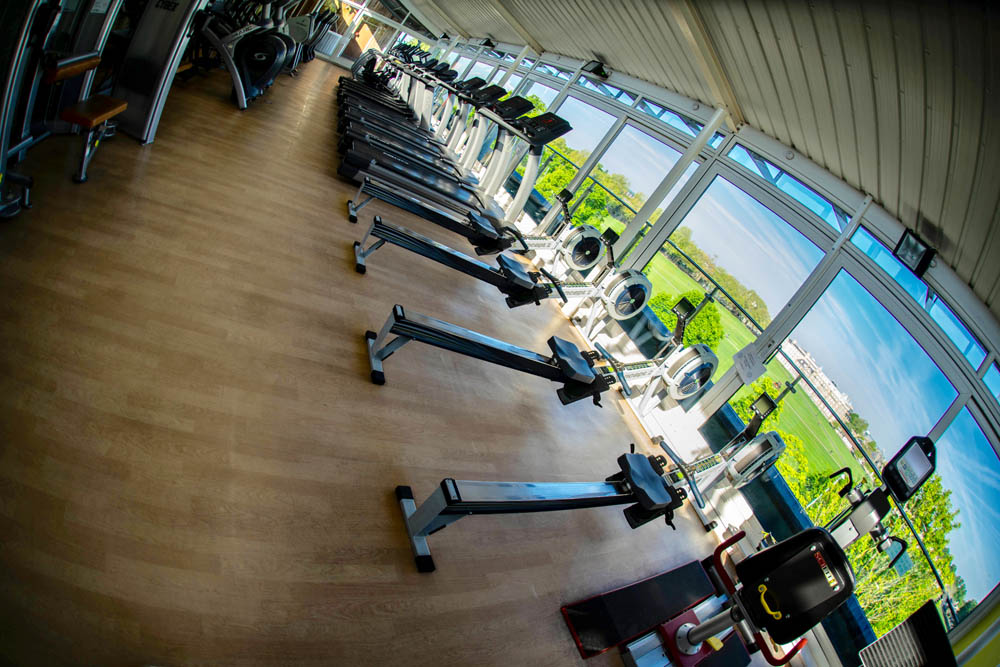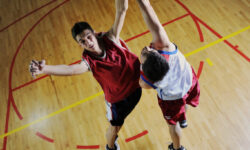
There is no machine in the Outlooks Gym that fills me with more dread than the rowing machine. It sits there in all its technical, polished glory, inviting me to take a seat. And then it gives me hell.
As a keen runner and cyclist, there is nothing I like more than a hard session on the treadmill or busting a gut in the spin class. But that rowing machine – that is a new level of fitness.
Pushing the edge
The thing is, I know that rowing does me so much good. It hits the muscles that running and cycling don’t. My cardiovascular system is challenged to reach new levels. The pleasant ache in my shoulders, arms and back tells me I have had a brilliant work out. My core works hard without me even realising it.
And after the workout is finished, I feel wonderful. Every muscle is tingling in that near-to-exhaustion state and I realise that this was a workout that I needed to shock my body into a higher level of fitness.
Changing it up to get results
As someone who exercises nearly every day, my body is very used to hard work but every so often I need a jolt. By adding an occasional killer session on the rowing machine into my work out schedule, I put my body under the sort of stress that will keep me pushing to higher fitness levels. I can cruise along on the treadmill, I can eat up the miles on a bike but I literally fall off the rowing machine at the end of a training session, gulping for air.

Here is an example of a 45-minute rowing machine workout.
10 minute steady row, at 25-28 strokes per minute (spm).
Pyramid training: 30 seconds at 35-40spm, 1 minute recovery row at 20-25 spm. 45 seconds at 35-40 spm, 1 minute recovery row. 1 minute at 35-40spm, 1 minute recovery row. 45 seconds at 35-40spm, 1 minute recovery row. 45 seconds at 35-40, 1 minute recovery row. 30 seconds at 35-40spm, 1 minute recovery row.
5 minute gentle row – your pace.
5 x 2 minute rows at 75-90 per cent of effort. 1 minute gentle row between each rep.
6 minute hard row, leave nothing on the ‘water’ as you go all out to maintain the fastest stroke rate you can.
Jog, skip, walk, stretch to cool down.
Mastering rowing machine technique.
Of all the cardio vascular training methods, rowing is perhaps the most technical. You can get away with a unique running style. A bicycle is built so you can’t really get the movement wrong, but rowing is a different case altogether.
You will have seen people pulling like mad but not using their legs. You will have seen people hunched over the rowing bar and not getting full extension of the arms. It is crucial, both to avoid injury and to get maximum benefit, that you row with a good technique.
There are six stages to completing a rowing stroke.
Arms away. Sit with legs straight, back straight but leaning slightly back from the hips, arms straight and hands level with lower ribs. Now swing back.
Body prep. Legs still remain straight, back is still straight but now leaning slightly forwards from the hips, arms are still out in front. Now slide and lean forward. Your hands should now be ahead of your knees while your legs are still straight.
The catch. Legs fully compressed, so you are close to the rowing console. Back still straight and leaning slightly forward. Arms still straight out in front. Now drive backwards with power.
Drive one. Knees partially straightened so seat is at mid-point of travel. Back still straight and arms still straight. Maintain the stroke.
Drive two. Knees nearly straight. Seat is 3/4 way back. The back is still straight but leaning slightly back from hips. Arms still straight. Push right to back of machine.
The finish. The legs are now fully extended. the back is straight but leaning back. Arms are pulled in so hands are close to chest, elbows close to ribcage and forearms are horizontal. This is the completion of the stroke.
Watch this video to understand what makes good rowing technique.
For advice and information on how to get the most from the rowing machine, contact a member of staff in the Outlooks Gym.







